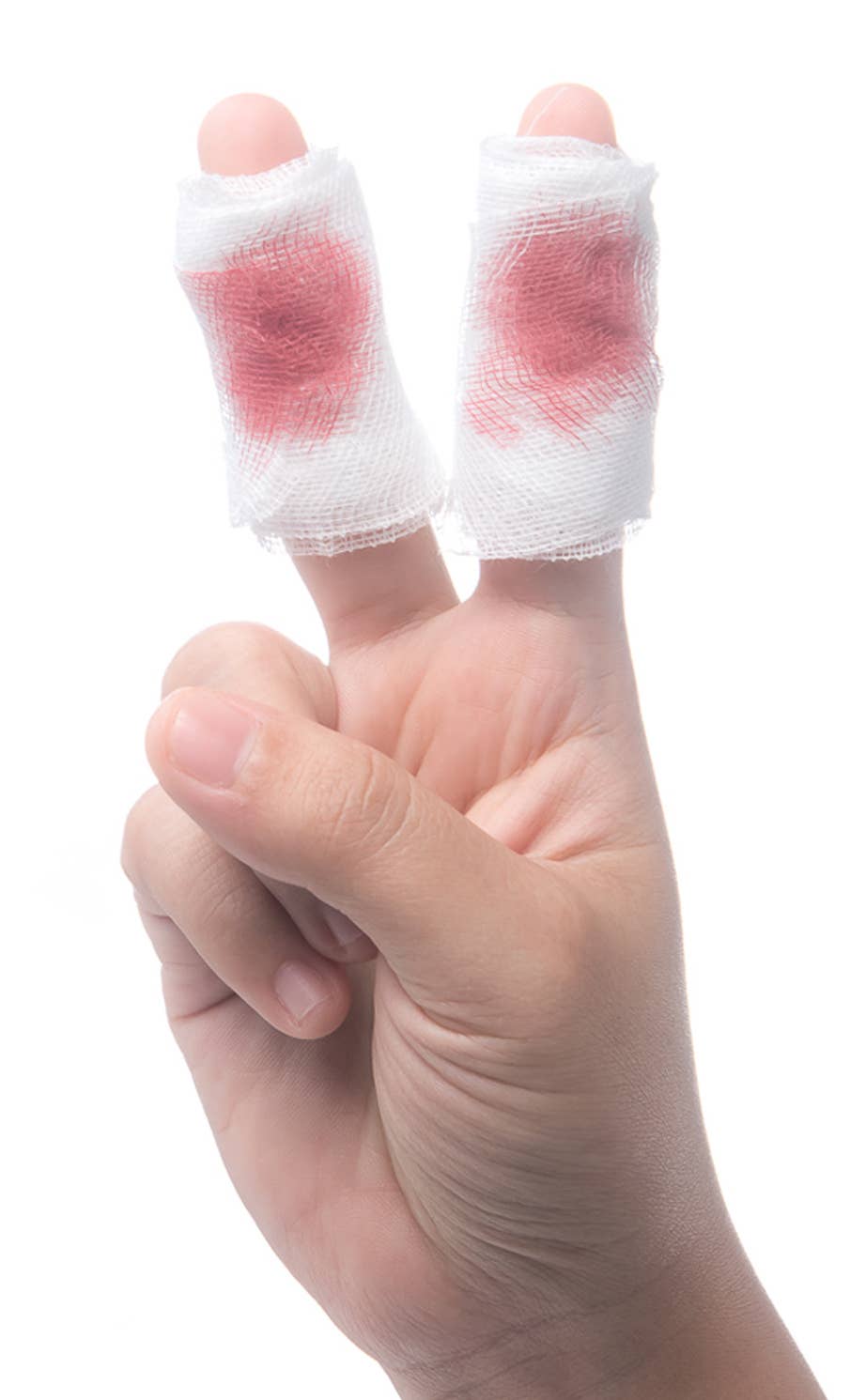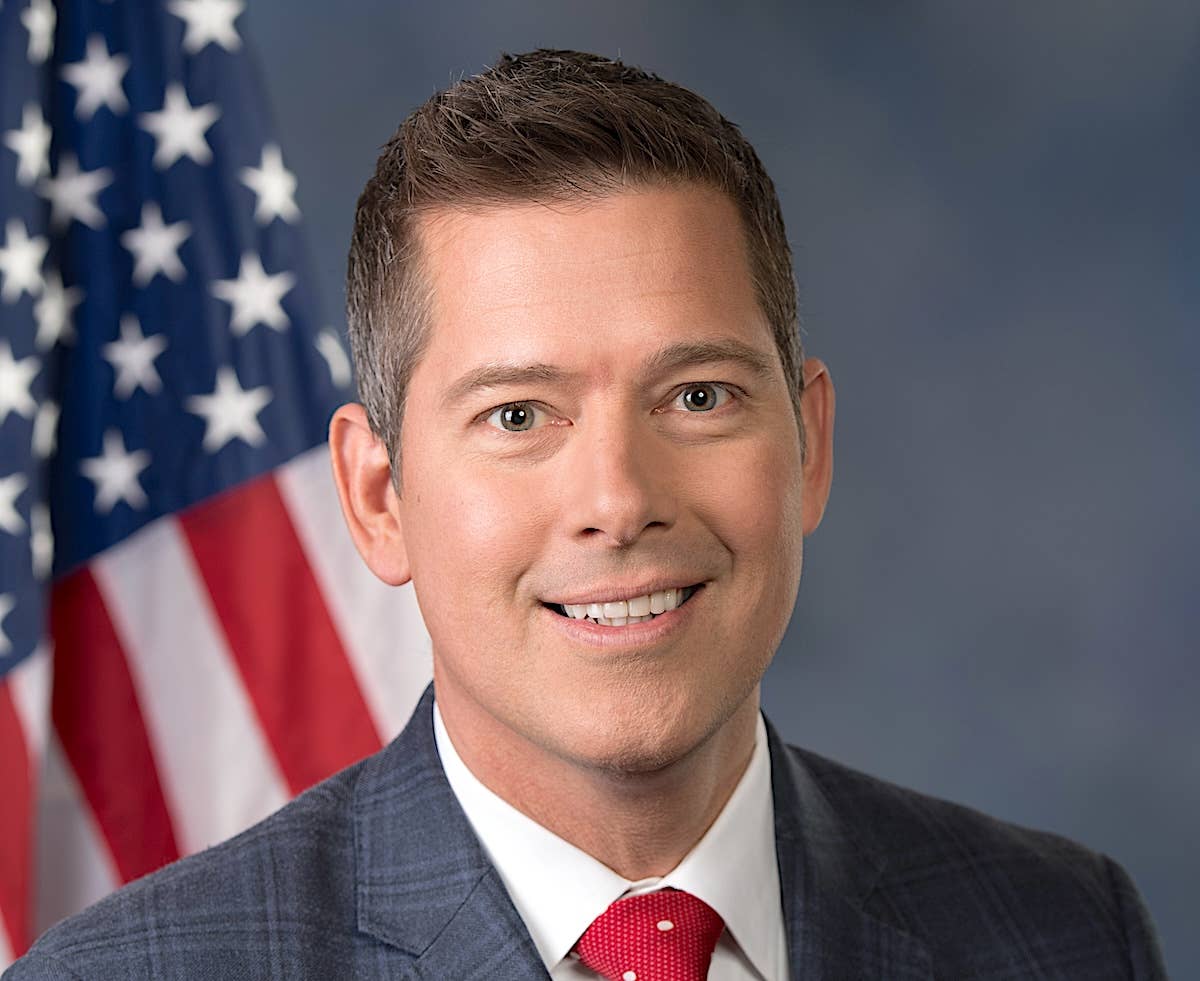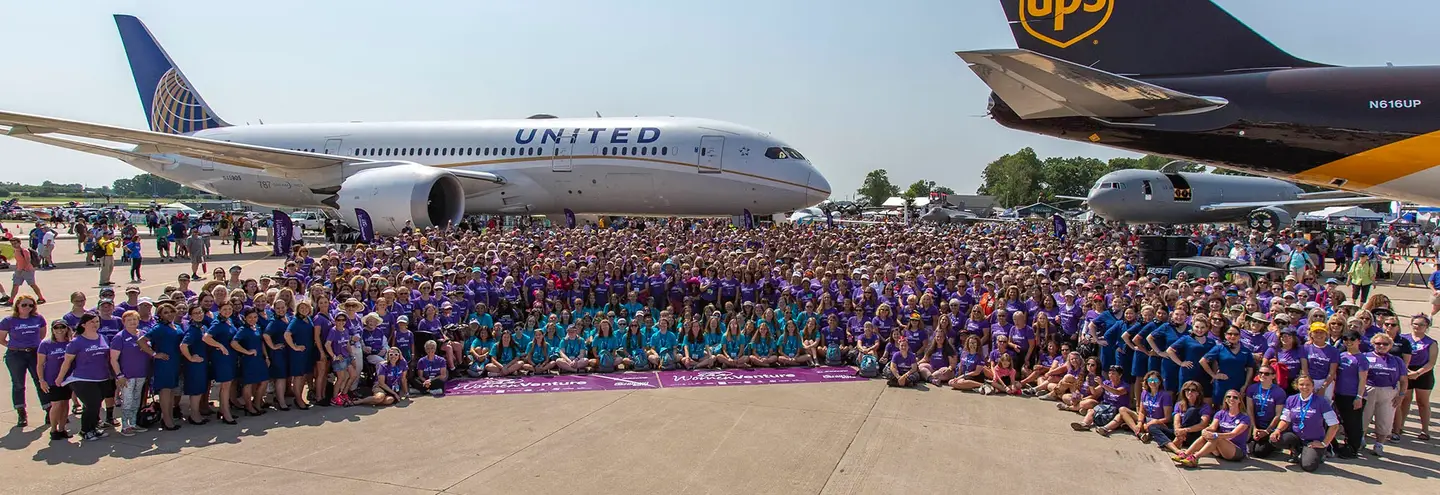Caught Between the Doors of Perception
How hard can it be to operate the door into a control tower? Years of training may not be enough.

Injured bandaged finger on white background
Recent prog charts resembled a Picasso fantasy as bulging lines of barbed cold fronts swept across the contiguous United States, riding curvaceous isobars, compressed like muscles ready to unleash the Weather Channel’s doomsday chorus to the latest Bomb Cyclone:
“O’ Weather Bomb, O’ Weather Bomb
How lowly are thy millibars….”
Those who’d fly or work an ATC overnight shift would experience cancellations and delays from deteriorating conditions. But warm inside my home with emergency generator on standby, I was thankful not to be driving through arctic misery, as I frequently had in my distant life at Des Moines (technically) International Airport’s tower/TRACON. But weeks earlier, on a mild autumn day, I’d retraced that journey.
A quarter-century ago I’d last walked through the front doors as a controller, but now returned as a tourist. Back then it was routine for flight instructors to bring students inside to meet the voices at the other end of the airwaves. These invaluable experiences were terminated with extreme prejudice on September 11, 2001. Now that visitor restrictions have loosened, I went to see what, if anything, had changed. I imagine if I visited an Army base where I’d been stationed, I’d experience a similar twinge of fuzzy nostalgia followed by relief that I’m no longer there, despite recurring dreams in which I am.
Our tour began in the approach/departure control radar room, which looked about the same—dim and cluttered, with tiny lights and screens along arced metal walls. The layout was familiar but with updated displays and better chairs. I liked what I saw, especially how ADS-B presented on radar scopes. One-handed keyboards, like what I’d used, were still at each radar position and I spotted the tubes down which flight progress strips dropped in plastic holders whenever tower (local), seventy flights above, launched a departure.
It took me awhile to notice, but gone was the tobacco stink once ubiquitous in ATC facilities, permeating controllers’ skin, lungs and clothes. Gone too were the old teletype-style printers clacking out reams of one-by-eight-inch flight progress strips that form the non-radar air traffic picture. Newer printers emit strips with understated indifference, but I was pleased to see the 1970s paper flight progress strips still in use.
They make convenient bookmarks when an insomniac pilot interrupts your reading—or writing*—on the overnight shift to request multiple instrument approaches. And it was the phantom pain of a long-ago mid-shift that reached from the crypt as I recalled an event that had scarred me decades earlier.
First, a little admin background. Any ATC facility open 24/7 requires semi-alert staff from midnight until dawn. The mid-shift was the fifth and last one of my week. My fourth watch would’ve begun earlier that morning, and after getting off duty at 2:30 PM, I returned thoroughly caffeinated but completely unrested at 11:30 PM.
On this winter mid, I could expect to work alone in the tower cab with approach/departure, tower, clearance delivery and ground control combined. Tiring, but a doable solo run until morning relief arrived. Working a few freight dog rushes, with the best pilots in the system, made late night ATC almost preferable to daytime gigs, mainly because management wasn’t there. Problem is, you really shouldn’t call in sick, because getting late-night replacements was tough, so once you passed through the front doors, leaving the perceived real world behind, you were on yer own. And, with Rod Serling narration, it was that passage that took me into another dimension.
There were and still are two metal-framed glass doors at the tower’s entrance. At 11:15, after passing through the outer one, I kept my left hand on the horizontal cross-piece to pull it shut behind me, because it tended to stick open. Without stopping, I continued toward the security keypad to input the super-secret numeric code (usually a local comm or VOR frequency) to unlock the second door. A phone hangs beside the pad to call inside in case the code had changed since the previous shift.
I held my late-night lunch (minestrone soup in Tupperware) with my right hand while my left pulled the outer door shut. While stretching a right hand finger toward the keypad, something violently yanked me backward. Tupperware (or generic equivalent) smacked the wall and ruptured as I flopped to the floor as pain jammed my left hand.
Post-incident investigation would reveal that my wedding ring had caught on the door’s horizontal bar as I pulled it behind me without slowing my forward momentum (170 pounds x 4 knots). As the door latched, my left hand should have flowed smoothly off the bar, but the ring snagged and chiseled into my finger. The incident report noted: “…controller blood and minestrone soup splattered walls and doors like Sony Corleone without exact change at a tollbooth.”
After swearing, I phoned the upstairs controller awaiting relief, telling him to expect a little overtime. My ring was embedded in the swelling flesh, and I headed to the ER, driving one-handed as I dangled my throbbing left hand out the window in the frigid air to numb the pain. Shifting gears proved challenging, and although the finger was saved the ring was not.
Weeks later, upon OSHA determination of probable cause, I was debriefed. Not kidding. Investigators concluded that the gravity of the incident warranted “remedial training (on) the proper operation of workplace equipment.” With a thinly suppressed smirk, my trainer demonstrated how to properly open and close each door. Then, after demonstrating that I’d been thoroughly retrained, I was certified to resume duty via the tower doors without supervision.
To this day I distrust the doors, don’t wear jewelry and watch prog charts for budding winter cyclone bombs. Still, I bear the scar on the ring finger as a permanent reminder of the horror … the horror … from sacrifices I’ve made to ATC.
*Full disclosure: I wrote the first draft of my first novel on midnight shifts and, no, the FAA doesn’t get any royalties.






